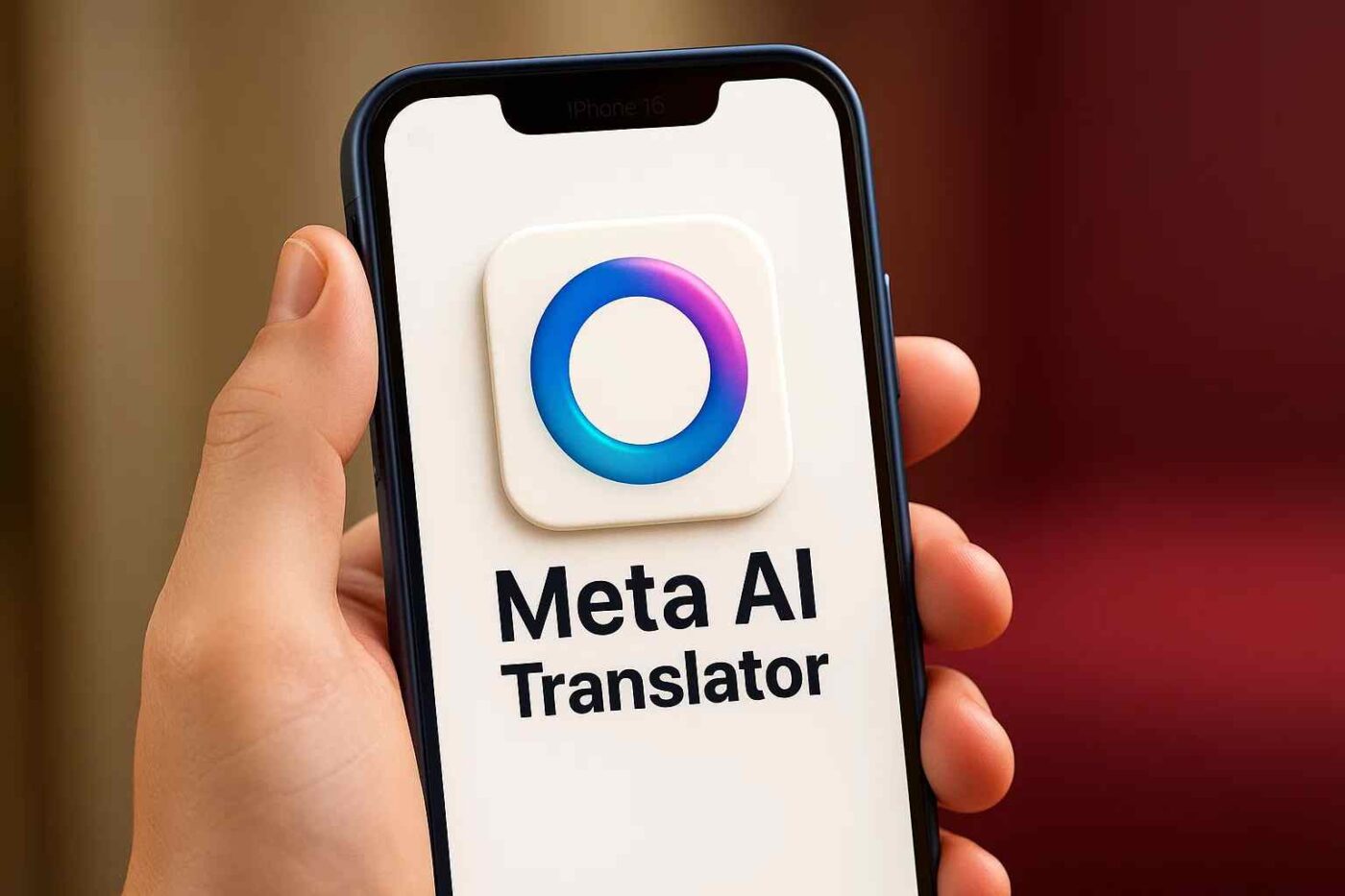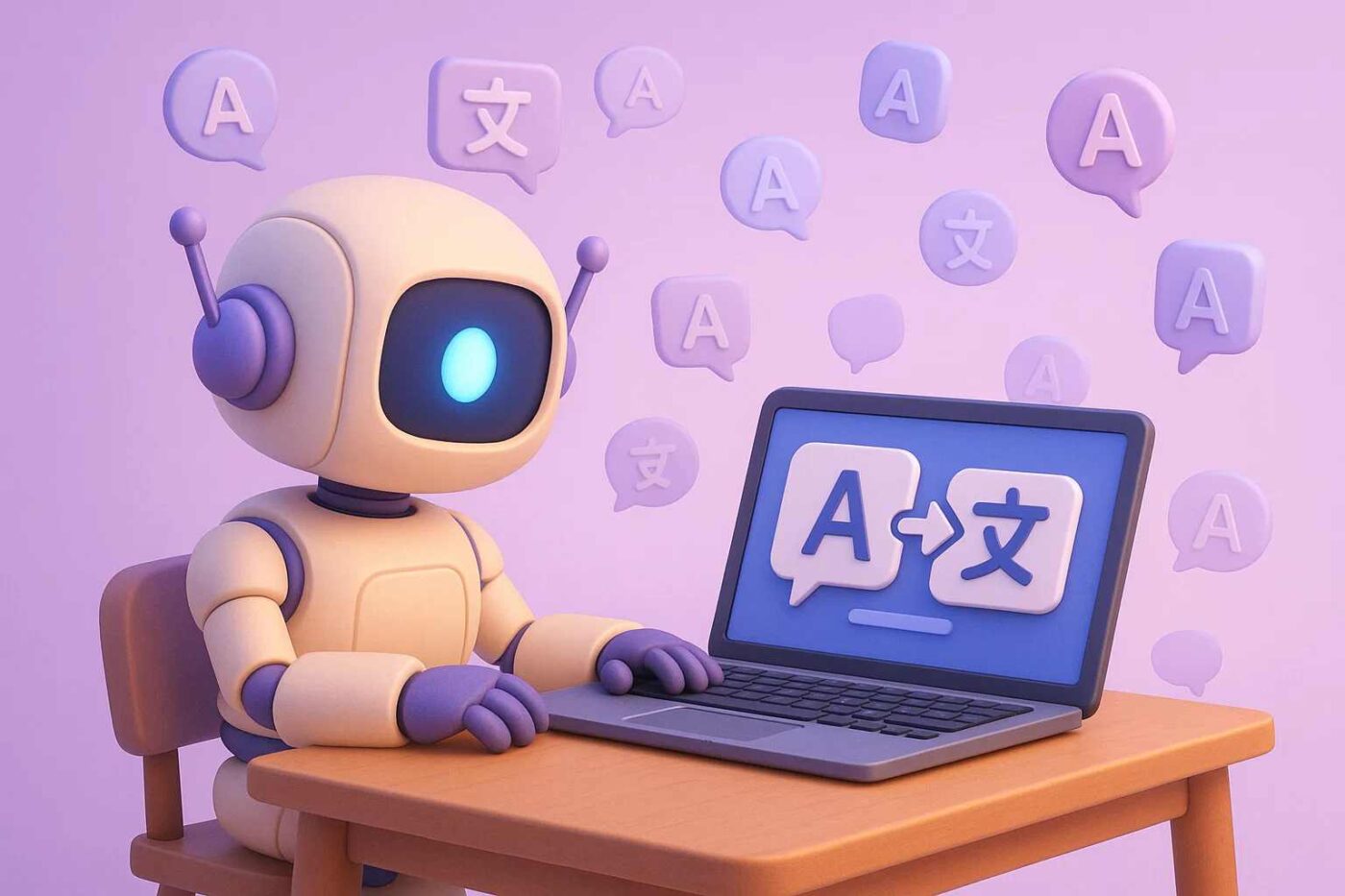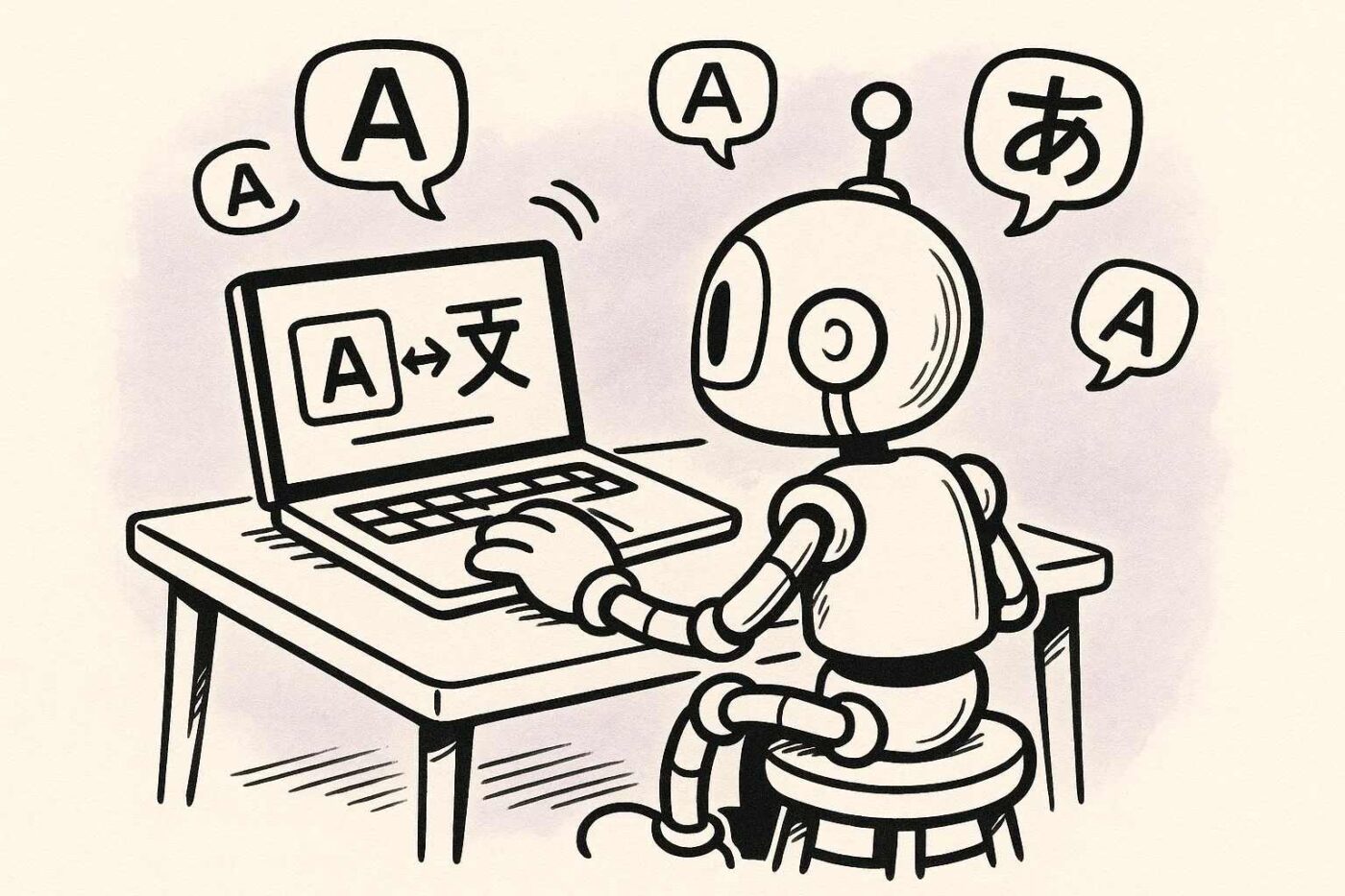Alternative to OpenAI Translation For E-Commerce

If you run an e-commerce store that sells across borders, you’ve probably heard about OpenAI as a go-to for fast, fluent machine translation.
It’s true: OpenAI’s language models are powerful at producing natural, context-aware translations.
But “powerful LLM = end-to-end e-commerce localization” is a promise that needs unpacking.
OpenAI is an amazing general-purpose language technology, great for drafts, creative copy, and spot translations.
But it’s not purpose-built for the specific, repeatable demands of large online stores.
If your catalog runs into thousands of SKUs, you’ll quickly hit gaps: integrations, automation, SEO preservation, terminology consistency, and workflows.
That’s where a dedicated e-commerce localization platform like Ovesio becomes more useful than a raw LLM, and makes is the ideal option for AI translation.
Below we’ll walk through the strengths and limits of OpenAI for store translation, then explain why Ovesio’s AI Translation engine + AI Inspector is designed specifically to solve the problems merchants face at scale.
Why e-commerce teams lean on OpenAI
OpenAI’s models are widely used because they deliver:
- Natural, fluent phrasing that often reads like human copy.
- Strong contextual understanding, for many short texts, they outclass rule-based systems.
- Flexibility: a single API can be prompted to translate, rewrite, or localize tone and style.
- Easy experimentation: developers and marketers can prototype quickly.
Those are real advantages. But they’re the starting point, not the whole journey, for global commerce.
Where OpenAI falls short for E-Commerce
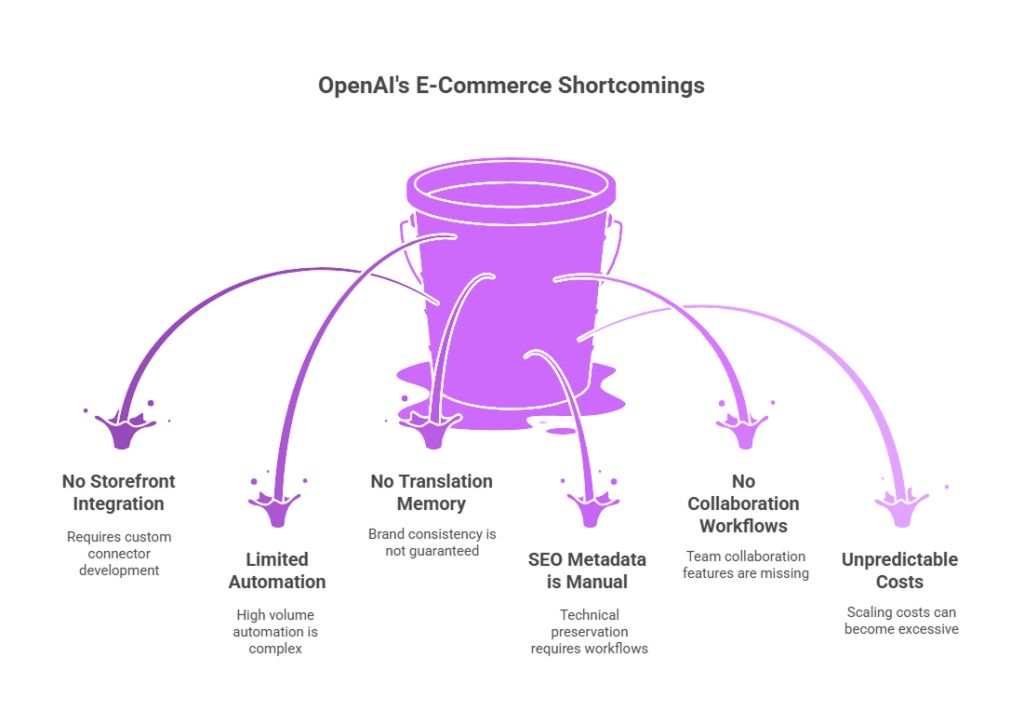
A language model excels at generating text. Running a multilingual online store reliably requires much more than generation:
1. No native storefront integrations
OpenAI provides an API. That means you still need connectors, sync logic, and mapping for Shopify, WooCommerce, Magento, or headless setups. For every product attribute, variant, SEO field, alt text and slug you must build the pipeline yourself.
2. Limited automation for high volumes
Translating one product description in ChatGPT is trivial; translating 50,000 SKUs nightly with change detection, translation memory reuse, and incremental updates is an engineering project.
3. No built-in translation memory or glossaries
LLMs don’t automatically remember and enforce brand terms or SKU-specific vocabulary across requests. You can approximate it with prompt engineering, but that’s fragile and expensive at scale.
4. SEO metadata and technical preservation is manual
Localizing titles, meta descriptions, URL slugs, hreflang tags, and structured data while keeping SEO intact requires more than text conversion, it needs platform-aware workflows.
5. Collaboration and review workflows aren’t included
Teams need staged reviews, linguist assignments, approval queues, version history and side-by-side editing. OpenAI gives the engine, not the production system.
6. Costs can balloon without operational guards
Using an LLM API for thousands of pages over time can be pricier than tooling that optimizes reuse, caches translations, and batches work intelligently.
To sum up this section:
If you’re a small seller translating a handful of listings, OpenAI can be fantastic.
But for merchants who need speed, predictable costs, consistency, and SEO performance across massive catalogs, the general-purpose route becomes expensive and inconsistent.
Why Ovesio is the best for E-Commerce
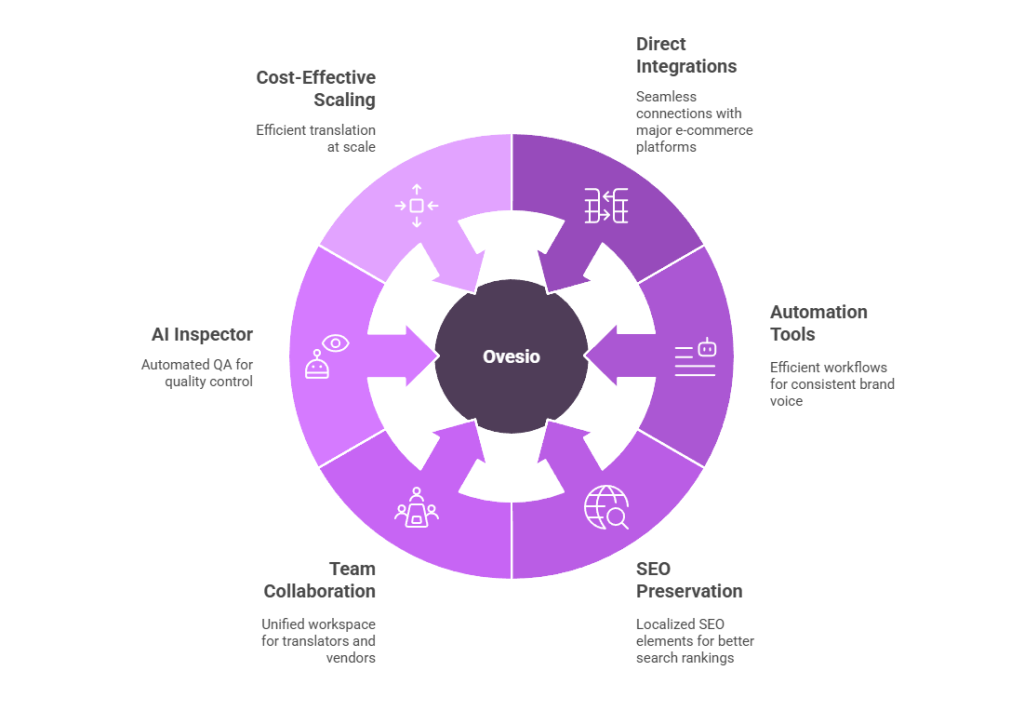
Ovesio combines an AI Translation engine with an AI Inspector and platform features that map directly to merchant needs.
Here’s what that means in practice:
Direct e-commerce integrations
Ovesio connects natively to major platforms (Shopify, WooCommerce, Magento, and similar). That removes clumsy exports/imports and keeps product pages, descriptions, images’ alt text, SKUs and SEO metadata in sync automatically.
Automation + consistency tools
Built-in translation memory, glossaries, and reusable terminology ensure your brand voice and product naming remain stable across thousands of SKUs. Automated workflows let you translate new or updated items only, saving time and cost.
Multilingual SEO preservation
Ovesio preserves and localizes SEO elements (meta tags, slugs, hreflang, structured data), so pages are ready to rank in local search engines instead of becoming orphaned or duplicated content.
Team collaboration & approval flows
Invite translators, proofreaders, or external vendors into one workspace with review stages, comments, and versioning. That reduces email chaos and speeds up time-to-market.
AI Inspector, quality control at scale
The AI Inspector acts as an automated QA layer: it looks for mistranslated brand names, incorrect numeric formats, missing attributes, broken markup, or SEO mishaps. Think of it as a consistent, fast second pair of eyes that frees up human reviewers to focus on nuance.
Cost-effective scaling
By combining memory, reuse, and automated filtering of changes, Ovesio is designed to translate at scale more efficiently than repeatedly calling an LLM for every item from scratch.
A typical Ovesio workflow for a busy store
- Connect your shop (e.g., Shopify, OpenCart, PrestaShop) and choose target languages.
- Import existing translations and build a translation memory + glossary.
- Let Ovesio detect new or changed items and run automated translation passes.
- Use AI Inspector to flag issues and route items to human reviewers.
- Approve and publish; Ovesio syncs localized content and SEO tags back to your store.
This flow replaces manual exports, spreadsheet juggling, and ad-hoc API scripts with a repeatable pipeline.
If you want it to run 100% automatically, it can do it.
How Ovesio compares to other common approaches
- Versus using OpenAI / LLMs directly: LLMs are excellent for copy generation and rapid prototyping, but they lack native e-commerce orchestration. Ovesio wraps AI translation inside e-commerce workflows, memory, and QA.
- Versus Google Translate / Microsoft Translator: Those services are broad and cheap, but they don’t preserve SEO, manage glossaries well, or plug into store platforms out of the box.
- Versus Lokalise / Smartling: Those enterprise tools are powerful for complex localization lifecycles, but they can be heavyweight and require setup overhead. Ovesio positions itself as focused on the specific needs of product catalog localization, a lighter, commerce-first alternative.
- Versus Weglot / ConveyThis: Great for quick site translations, but sometimes limited in terminology control, team workflows, and quality checks at catalog scale. Ovesio emphasizes deeper control and QA features.
Ovesio also integrates OpenAI, Google Translate, Microsoft Translator, DeepL and Google Gemini into their AI Translation model, so if you use Ovesio, it is as if you’re also using these translators.
The bottom line
OpenAI’s language models are a breakthrough for text generation and can produce good translations, especially for small-scale tasks and creative rewrites.
But running a professional, high-volume online store internationally requires more than one-off translations.
You need connectors to your storefront, translation memory, glossary enforcement, SEO-safe localization, automated QA, and collaboration workflows.
If your goal is to scale a catalog internationally without constant manual glue work, Ovesio’s e-commerce-first approach (AI Translation engine + AI Inspector + native integrations) offers a purpose-built path that’s faster, more consistent, and easier to manage than building your own stack on top of a general-purpose LLM.



